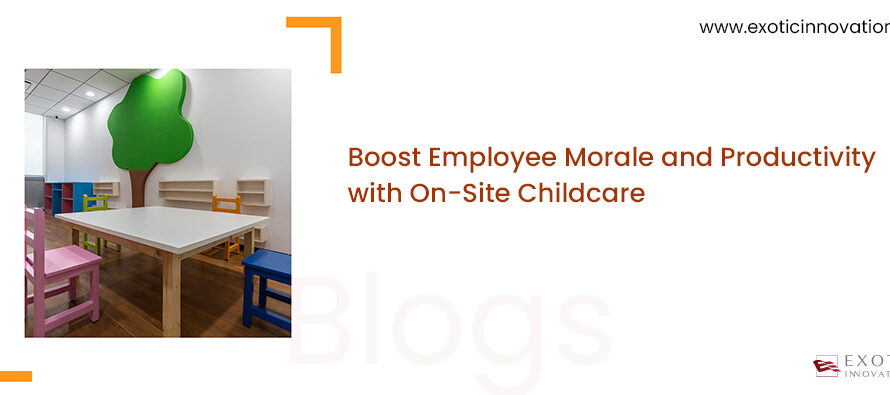Diversity and inclusion are not just aspirations, they are essential components of a thriving organizational culture. Yet, despite the push for inclusivity, one crucial aspect often remains overlooked. Neurodiversity – the natural variation in cognitive functioning that includes conditions such as autism, ADHD, dyslexia, and more. As we strive to create workplaces that foster creativity, productivity, and innovation, it’s crucial to recognize the unique perspectives and talents that neurodiverse individuals bring to the table. In this blog, we explore the significance of designing office spaces with neurodiversity in mind, breaking away from the one-size-fits-all approach to create environments where every employee can thrive.
UNDERSTANDING NEURODIVERSITY:
Neurodiversity encompasses a broad spectrum of cognitive differences, spanning conditions such as autism, ADHD, dyslexia, and more. Each of these conditions brings its own unique strengths and challenges to the workplace. For instance, individuals with autism often exhibit exceptional attention to detail and pattern recognition skills, making them valuable assets in roles requiring meticulous analysis and problem-solving. On the other hand, individuals with ADHD may thrive in fast-paced, high-energy environments, leveraging their ability to multitask and adapt quickly to changing circumstances.
HOW DOES THE TRADITIONAL OFFICE DESIGN ACT AS A HINDERANCE?
Traditional office environments, characterized by open-plan layouts, bright lighting, and constant noise, can pose significant challenges for neurodiverse individuals. The sensory overload caused by these environments can lead to heightened stress levels, decreased focus, and increased susceptibility to distractions, ultimately impacting productivity and well-being. Moreover, the lack of flexibility in office design fails to accommodate the diverse needs and preferences of neurodiverse employees, perpetuating a one-size-fits-all approach that overlooks their unique strengths.
TAILORING OFFICE SPACES TO NEURODIVERSITY:
Designing office spaces with neurodiversity in mind necessitates a departure from the traditional approach towards a more personalized and inclusive approach. This could involve implementing flexible workstations that cater to different sensory preferences and working styles, providing designated quiet areas for concentration and reflection, and incorporating sensory-friendly elements such as adjustable lighting, ergonomic furniture, and noise-canceling headphones. By offering a variety of workspace options, organizations can empower neurodiverse individuals to work in environments that optimize their productivity and well-being.
PROMOTING INCLUSIVITY AND ACCESSIBILITY:
Embracing neurodiversity in office design goes beyond mere accommodation; it requires fostering a culture of inclusivity and accessibility throughout the organization. This entails raising awareness and understanding of neurodiversity among all employees, providing training and resources to support neurodiverse individuals, and promoting acceptance and appreciation of diverse cognitive styles. By creating an environment where neurodiverse employees feel valued, respected, and supported, organizations can cultivate a culture of inclusivity that benefits everyone.
THE BENEFITS OF NEURODIVERSITY-INCLUSIVE DESIGNS:
Embracing neurodiversity in office design not only promotes inclusivity and accessibility but also unlocks the full potential of the workforce. Neurodiverse individuals bring unique perspectives, innovative thinking, and creative problem-solving skills to the table, enriching the organization’s collective intelligence and driving innovation. By harnessing the strengths of neurodiversity, organizations can gain a competitive edge in the marketplace, foster a culture of diversity and inclusion, and create a more equitable and sustainable future for all.
In conclusion, designing office spaces with neurodiversity in mind is not only a matter of accommodation but also a strategic investment in the success and wellbeing of all employees. By breaking away from the one-size-fits-all approach and embracing the rich diversity of cognitive functioning, organizations can create environments where every employee feels valued, supported, and empowered to contribute their best. Let us strive to build workplaces that celebrate neurodiversity and pave the way for a more inclusive and equitable future.
Liked our blog? Share your opinion in the comments below!



